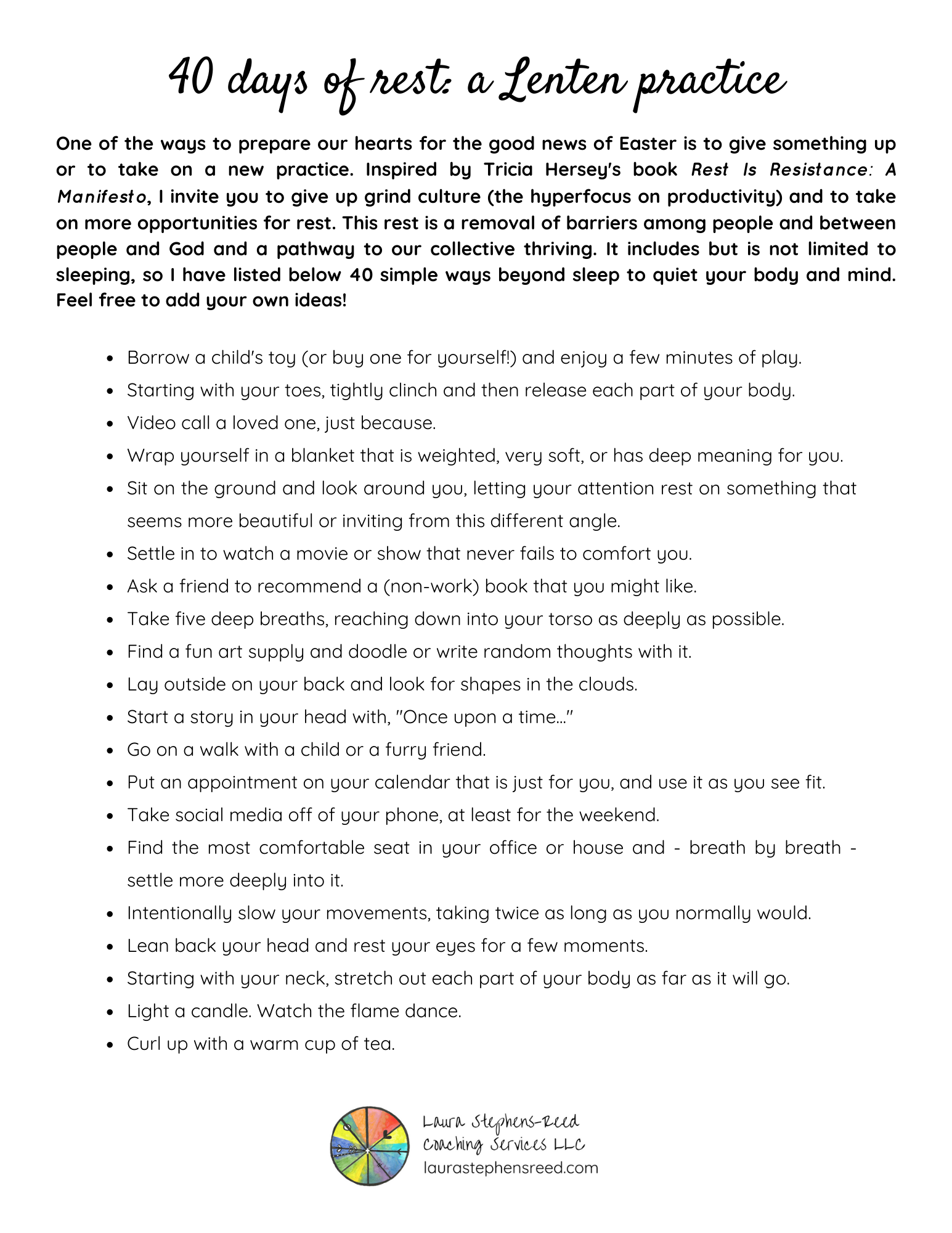It is now just over two weeks into the Easter season. If you are a Christian minister who was in the pulpit on Easter Sunday, you could not avoid mentioning the women who were called to be the first Christian preachers.
It didn’t matter which Gospel you used. In Matthew, the Marys are commissioned by both the angel and Jesus to go tell the disciples about Jesus’ resurrection. In Mark, the young man in the tomb gives a similar directive to the Marys and Salome. In Luke, the women who had come from Galilee with Jesus encounter two men in dazzling clothes who announce to them that Jesus is alive, and the women relay this message to the disciples. And in John, Mary Magdalene is the first person to encounter the risen Christ, and he asks her to let the disciples know that he is about to return to God. The details vary from account to account, but in all of them, faithful women are first called to proclaim the resurrection, which is the heart of the Christian story.
And yet, plenty of people still believe that women are not fit for ministry. Even more think they wouldn’t make good lead pastors, even if they don’t say this quiet part out loud. I’ve written elsewhere about how churches can do the work to be ready for a female pastor. But do you know who could potentially be the best ally for clergywomen? Male senior pastors, particularly those with clergywomen in second chair positions (e.g., associate pastor or ministers of specific age groups or programs - I’ll shorthand them all as associate pastors for the purposes of this post). If that’s you, here’s what you can do:
Go by a similar title. By this I mean if you ask to be called “Pastor [your name],” call the clergywomen on your staff “Pastor [their names]” rather than simply their first names (or, heaven forbid, “Miss [their names]”). Encourage church members to address them that way too.
Close the wage gap. I cannot tell you how many churches I know of in which the male senior pastor is making six figures and the women on staff are barely making a subsistence wage. (Yes, there can be differences in levels of experience and responsibility that must be factored in, but not to the tune of an $60-80K disparity.) Find ways to raise the clergywomen’s salaries or sacrifice some of your own to make take home pay more equitable.
Advocate for a parental leave policy. Whether or not you have young children or children at all, ensure there is a just parental leave policy in place at your church. (If you’re not sure what a just policy looks like, contact your judicatory and ecumenical colleagues for examples.) If a new child comes into your family, use the policy in full so that it becomes seen as a parent thing, not a woman thing, to go on this kind of leave.
Collaborate with clergywomen whenever possible. Look for ways to partner with female clergy at your church and other churches. Don’t just limit yourself to teaming up with ordained women, though. Pull women into your church’s lay leadership pipeline.
Share credit liberally with clergywomen when genuine and appropriate. “She did this this thing. Isn’t it great?” “We did this thing together. It is wonderful to have such a great partner in ministry!” On the flip side, support clergywomen when they are attacked by critics and naysayers for illegitimate reasons.
Model good boundaries. Some lead pastors work 60+ hours a week but tell their associate pastors that they don’t want them to overfunction. It doesn’t work that way no matter how good the intention. Senior pastors set the tone for associate pastors’ (many of whom are women) expectations of themselves and churches’ expectations of the entire pastoral staffs. The associate pastors will seem less available, interested, and capable if they stick to the hours they are paid for, and they will juggle an unsustainable load (which can include parenting younger children, caring for aging parents, and carrying the mental load of the household and often that of the church) if they don’t.
Amplify female voices. Welcome your own female clergy and laity into preaching and worship leadership. Invite women outside your church to preach, teach, and lead. Look for gifts in women in your church that they don’t yet see themselves. This creates a culture of call for women. I didn’t see a woman on the chancel for any reason other than singing or making an announcement until I was in seminary. (The first time I did, I sobbed with joy and relief that I wasn’t alone or hearing God incorrectly.)
Be a great reference. Many clergywomen will eventually want to be lead pastors. Talk up your female associate pastors and other clergywomen you know to others before they even begin looking for lead pastor opportunities. (This is especially helpful since some churches now search for a pastor exclusively using informal networks and looking for ministers who aren’t currently seeking a new position.) Give them outstanding recommendations. Celebrate when they leave to take on larger roles.
If I had to boil all this down, I’d simply say, “Normalize women in leadership and share your power.” That’s easier said than done. But some male senior pastors are already doing aspects of this. (Thank you!) And what could be more true to the Gospel in this season that started with women being the first ones trusted and commissioned by the Divine to preach the good news than to support clergywomen’s voices and leadership?






















